If you're having trouble with your cakes not turning out the way you'd like, you're not alone. Let's dive into some sneaky cake baking mistakes you didn't know you were making, so we can up your cake baking game.
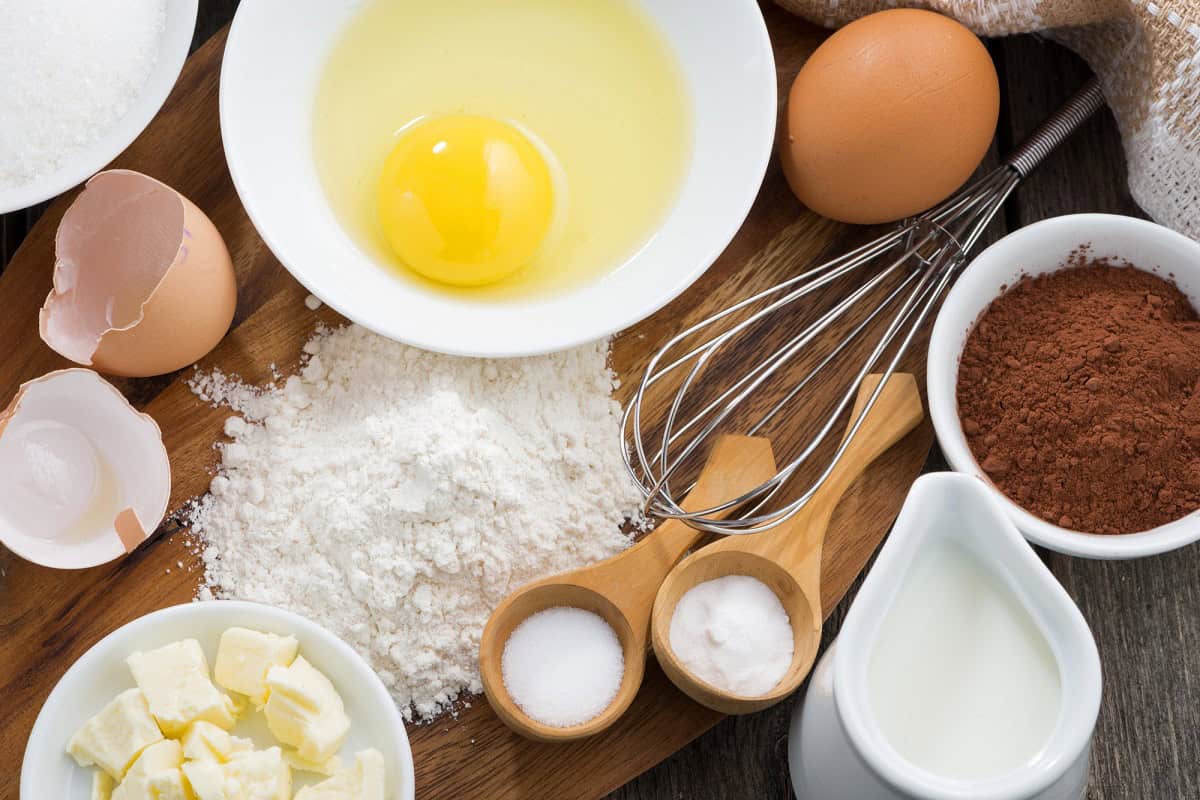
Baking a cake can be rewarding, but it can also be frustrating if they aren't coming out the way you want. Even the pros mess up from time to time. It happens. Don't beat yourself up about it and don't compare yourself to other bakers. I promise, it's all fixable.
Sneaky Mistake #1:
Not paying attention to ingredient temperature.
One of the most overlooked aspects of cake baking is ingredient temperature. Some recipes are particular about this, but some aren't. If you want the ingredients to mix together in the best possible way, it's better to allowing ingredients like eggs, butter, and milk to come to room temperature before mixing up the cake batter.
Now, this may not be detrimental to ALL cake recipes, but it's usually good if you can do it. I mean, have you ever added cold eggs to the butter and sugar mixture you just spent minutes whipping up and now it's all clumped up because the cold eggs chilled to butter again? That's what I'm talking about here.
If you have time, it's just best to allow those cold ingredients to come closer to room temperature if you can. It will help everything mix better and it'll give your cake a better texture.

Sneaky Mistake #2:
Skipping salt.
Salt is not just for savory dishes, it's also an ingredient for baked goods. Salt is a flavor enhancer, even for sweet dishes. It also balances sweetness, giving depth to your cake. If you skip it, your cake might taste flat.
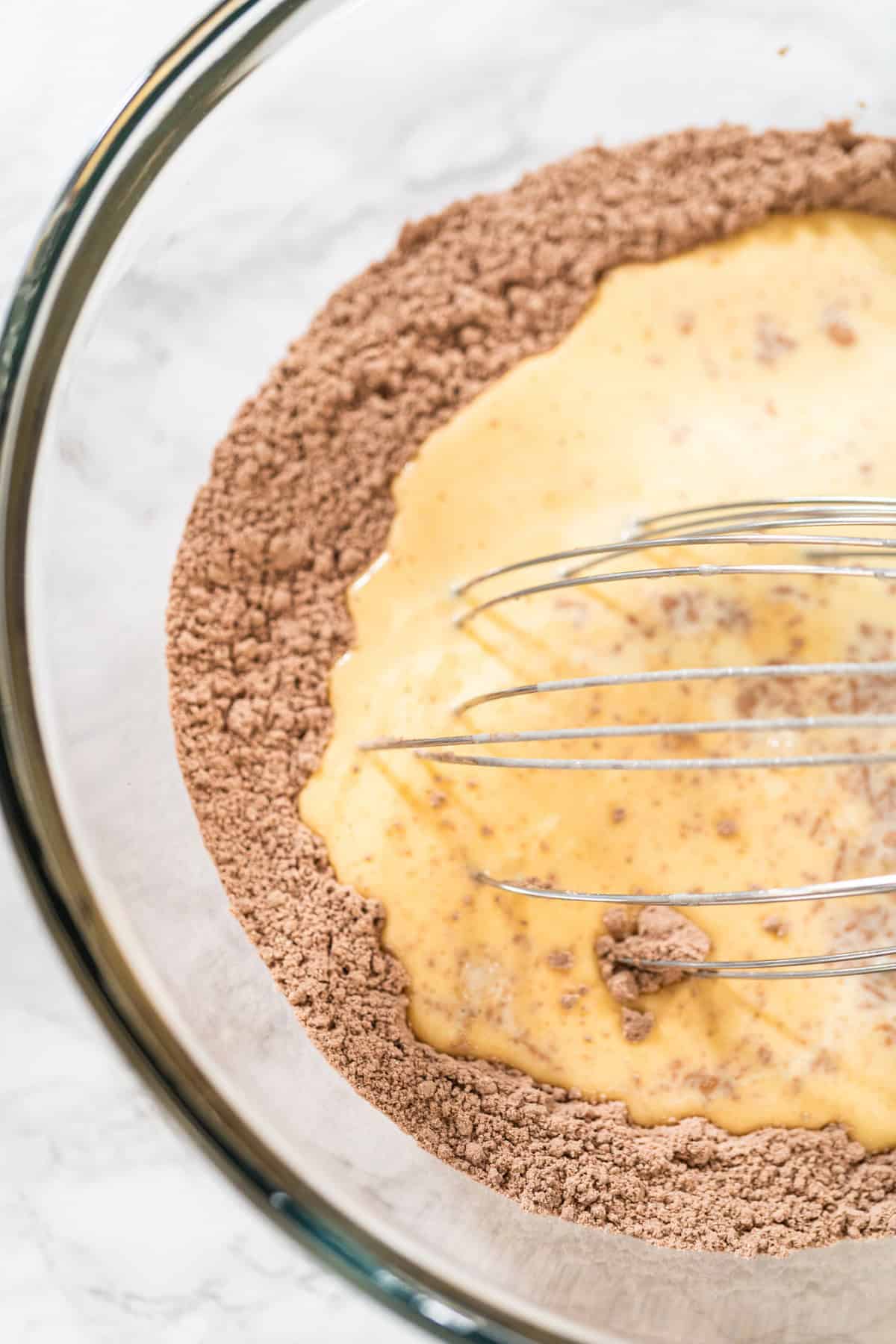
Sneaky Mistake #3:
Lowering the sugar too much.
Sugar does more than just sweeten a cake; it contributes to the texture and moisture. Reducing sugar without making other adjustments can lead to a less tender and drier cake.
If you really want to lower the sugar content, just lower it by ¼ at first and test that out. You may also want to consider recipes designed with a lower sugar content in mind so that all the other ingredients stay within good baking ratios.
Sneaky Mistake #4:
Measuring the wrong way.
Confession, I didn't realize there were different types of measuring cups for the longest time. There are liquid measuring cups and dry ingredient measuring cups.
Not only that, lot's of people use their measuring cup to scoop flour out of the bag or container and measure that way. That's a quick way to add too much flour to your cake batter, which will result in a dry and dense cake.
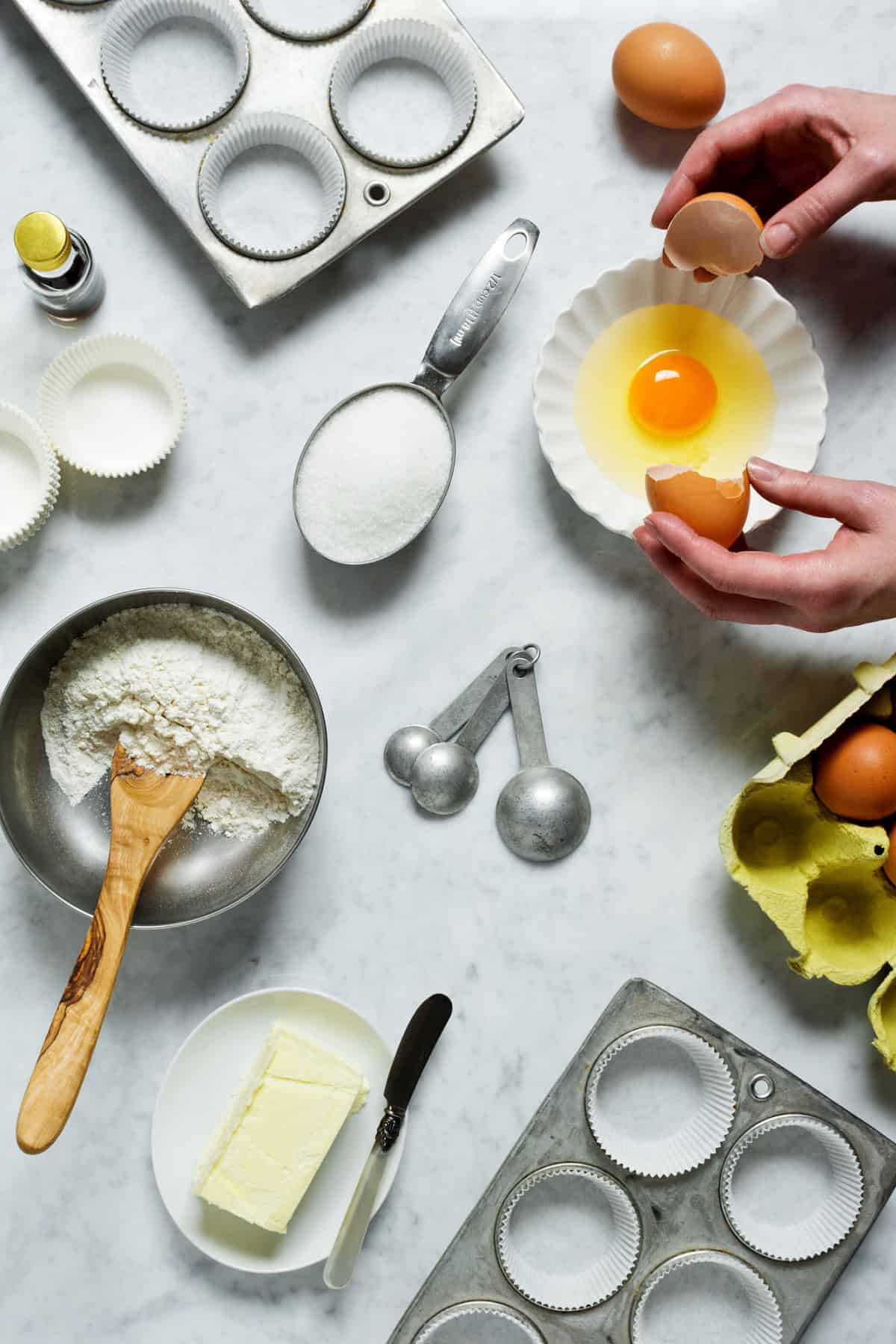
For flour, you want to spoon it into a measuring cup and level it off with a knife instead of scooping directly from the bag, which can compact it and lead to too much flour.
I have a few video links that show how to do this below:
How to Measure Cake Ingredients Properly
These 3 Measuring Mistakes are Ruining Your Cakes
Sneaky Mistake #5:
Substituting ingredients.
While it’s tempting to substitute ingredients due to preference or availability, this can drastically affect the outcome. Ingredients interact in specific ways in baking, so be really cautious when changing things around.
For example, substituting a different type of flour or sugar might alter the texture and flavor of the cake.
Some changes work just fine though, such as using yogurt in place of sour cream.
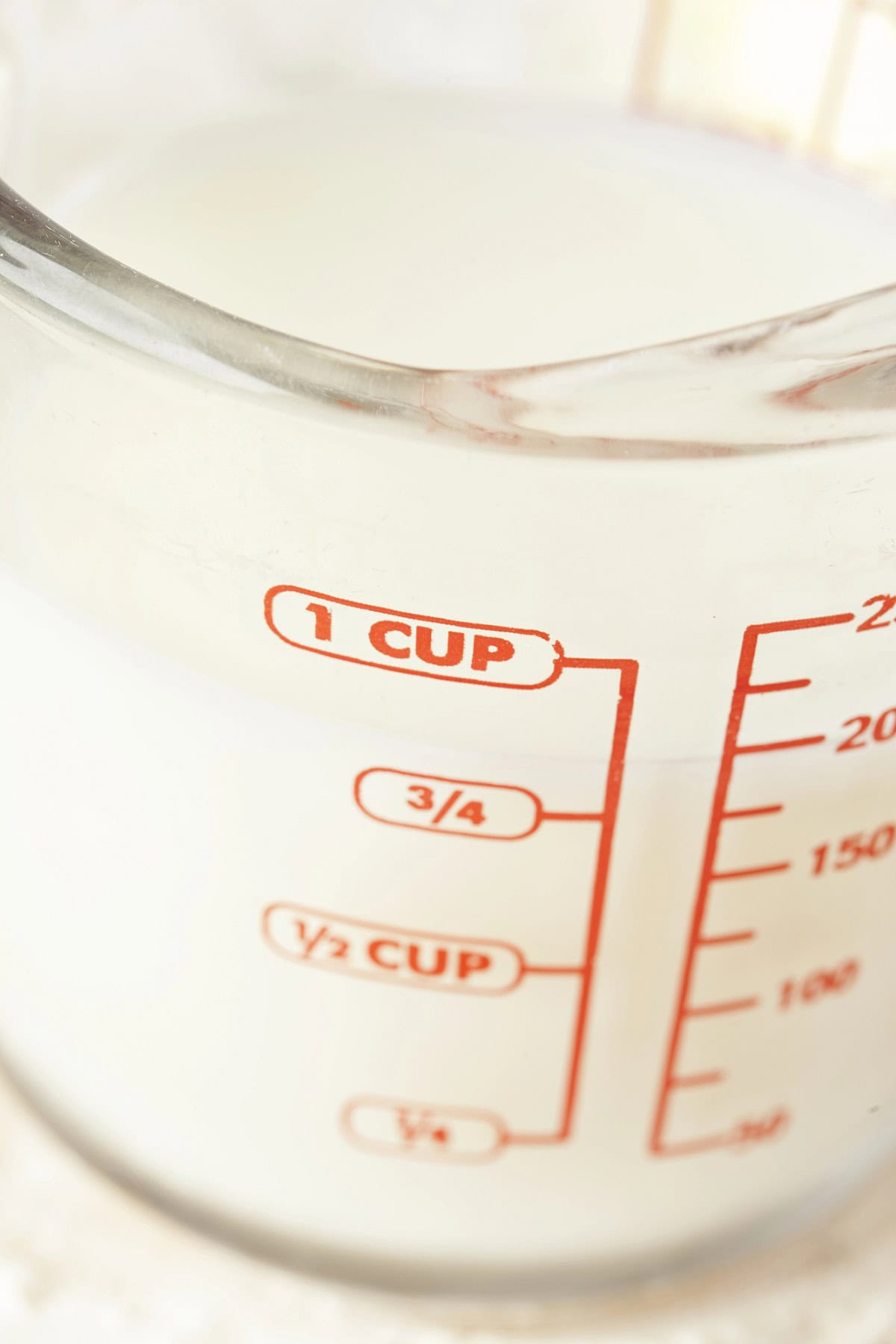
Sneaky Mistake #6:
Adding more liquid because you want the cake to be more moist.
Attempting to make a cake moister by simply adding more liquid can backfire something awful. This can completely disrupt the balance of ingredients, leading to a batter that’s too wet, which can cause the cake to be dense, undercooked, or to fall in the middle.
The best thing to do is just to try the recipe as it's written first. I get comments from people who have not even tried the recipe yet but want to know how to make it even more moist. Try the recipe first before assuming it's not moist enough. Then if you want to make some adjustments after that, just know that it's not as simple as adding in more liquid or fat as all the other ingredients have to be in balance.
Sneaky Mistake #7:
Not following the recipes.
This seems pretty straightforward, but there are A LOT of people who just don't want to follow the instructions. They want to make it there own, which is fine in some cases, but cake recipes have certain ratios of ingredients and any 'adjustments' could throw those ratios off.
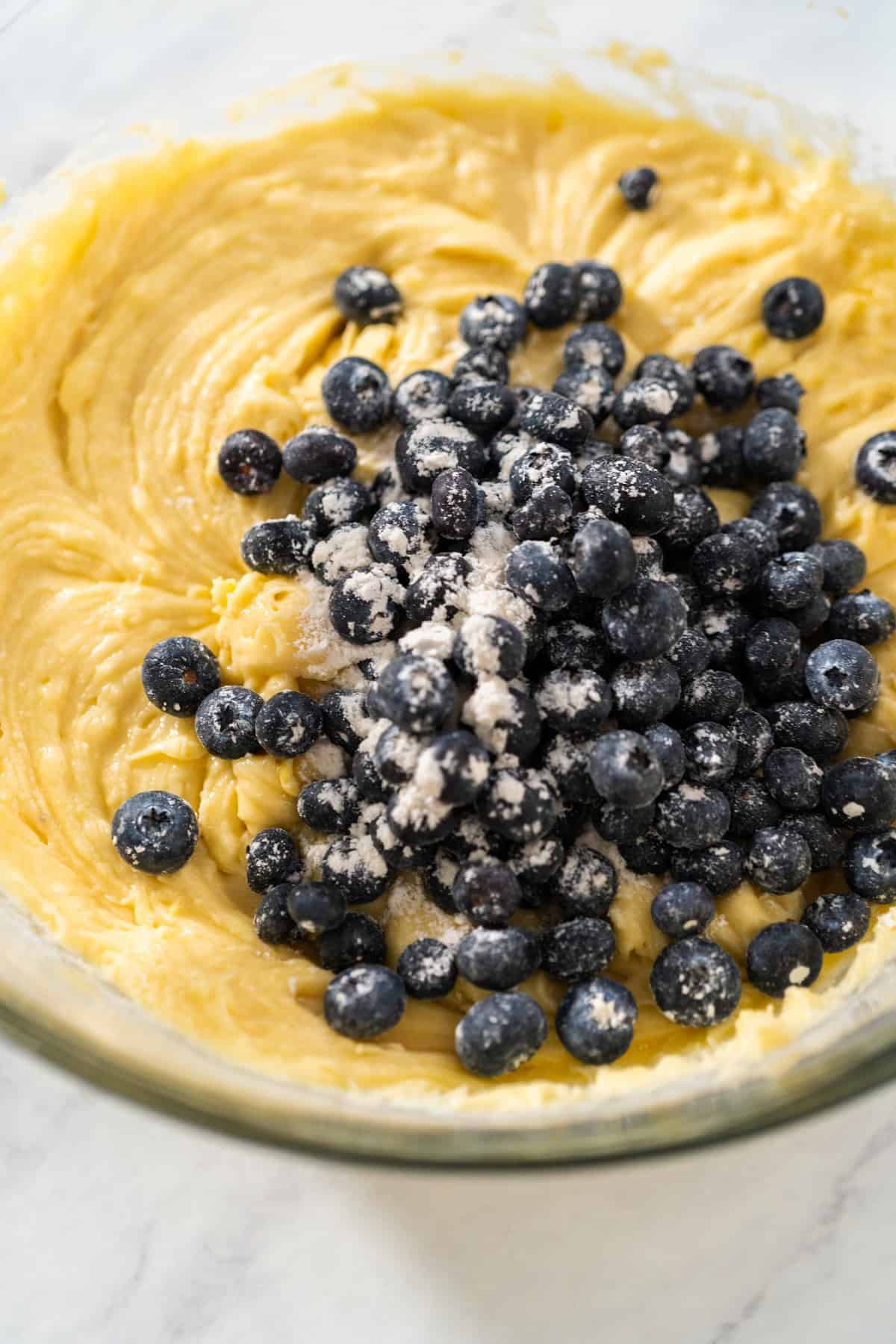
The mixing method also really matters. If someone is new to baking, they might think it's okay to just throw everything into a bowl and mix and don't really get why the instructions might say to alternately add in ingredients or add things in at a certain time or mix at a certain speed.
But those things aren't added to recipes just to make them complicated. There are scientific reasons and if you follow them, then you'll get a better cake with a much better cake texture.
There are just so many baking failures that occur because the recipe wasn't followed properly. Baking is a science, so even small changes in ingredient amounts, baking temperature, timing and mixing can have a big impact.
Sneaky Mistake #8:
The dreaded over-mixing.
It’s easy to get carried away with the electric mixer, especially if you have a stand mixer. Over-mixing though can lead to a dense, tough cake. Once the dry ingredients are just combined, stop. Over-mixing activates the gluten in the flour, which can lead to a gummy texture.
If you've read any of my posts before, you know I always harp on this. It's easy to mix a scratch cake too much, so don't be too hard on yourself. If you're used to using box cake mixes where you're told to mix for two minutes, then you may just assume you need to mix batter really well. But that's not the case with scratch mixes because of the gluten development.
If you'd like to see how long to mix cake batter, I have a video that shows you 'in real time' how long to actually mix it. It's probably much shorter than you think. You can see that video here: How to Mix Cake Batter in Real Time
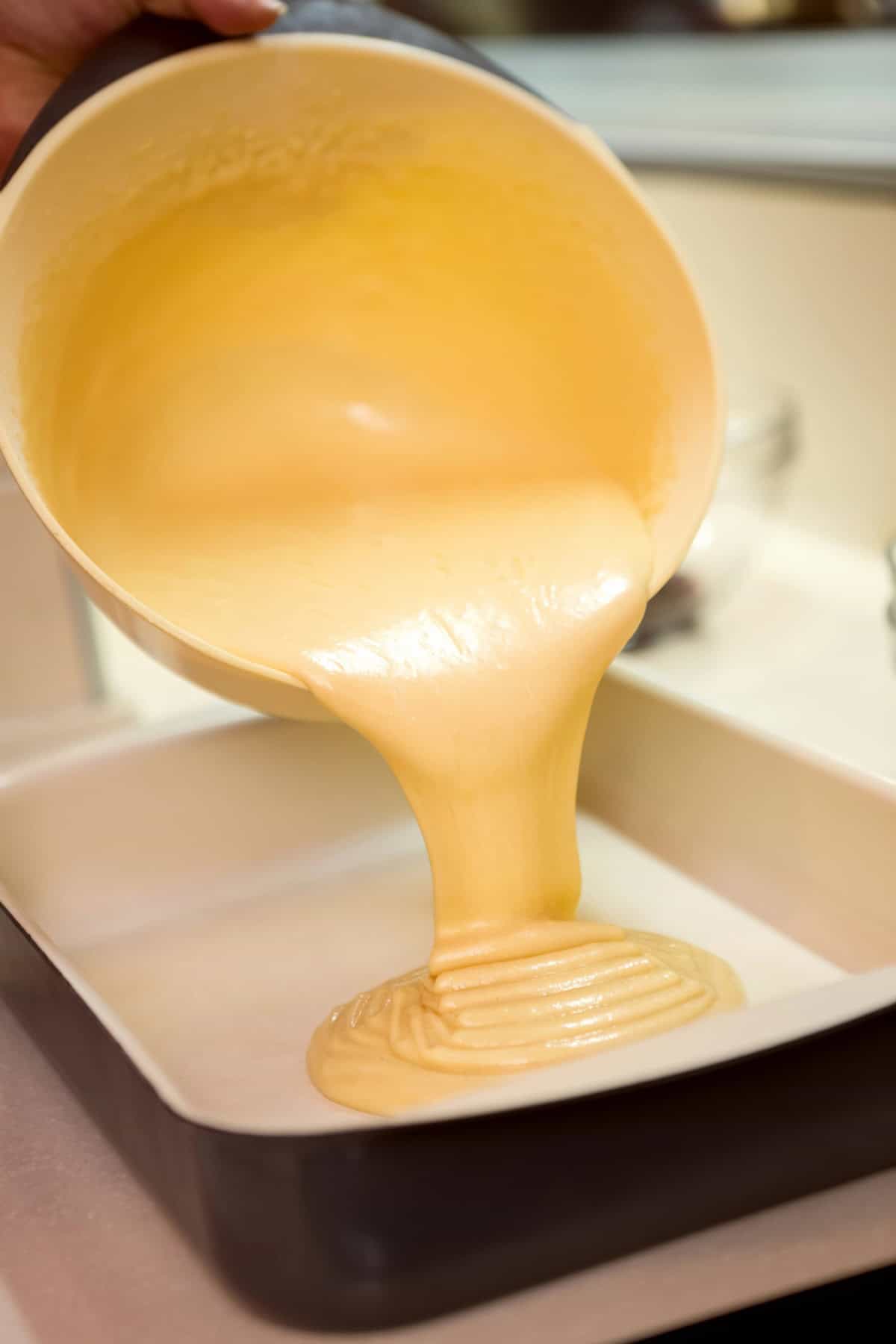
Sneaky Mistake #9:
Not preparing the pans.
Forgetting to prepare the pans can be disastrous. If your cake gets stuck in the pan, which it's likely to do if you don't prepare the pans properly, can waste time and money.
There are a bunch of different ways to prepare cake pans.
- Grease and flour the pans. (My personal favorite way.)
- Spray the pans with baking spray.
- Use a pan release mixture.
- Use parchment paper rounds.
For bundt pans though, you'll want to grease and flour the pan or use the pan release mixture.
I have an entire post that goes deeper into how to prepare your pans. You can find that here: How to Get Cakes Out of Pans
Sneaky Mistake #10:
Not preheating.
I was always baking cakes when I was a kid and as a kid, I was also very impatient. I would skip preheating the oven about half the time and I always regretted it.
The cake would take much longer to bake and it wouldn't rise high enough and would come out more dense.
You really need the proper temperature of heat so that the cake can rise properly. If not, it never really rises as well and it can be dense when it's fully baked.
A good rule of thumb is that even when the timer goes off that the oven is preheated, wait another 10 minutes or so.
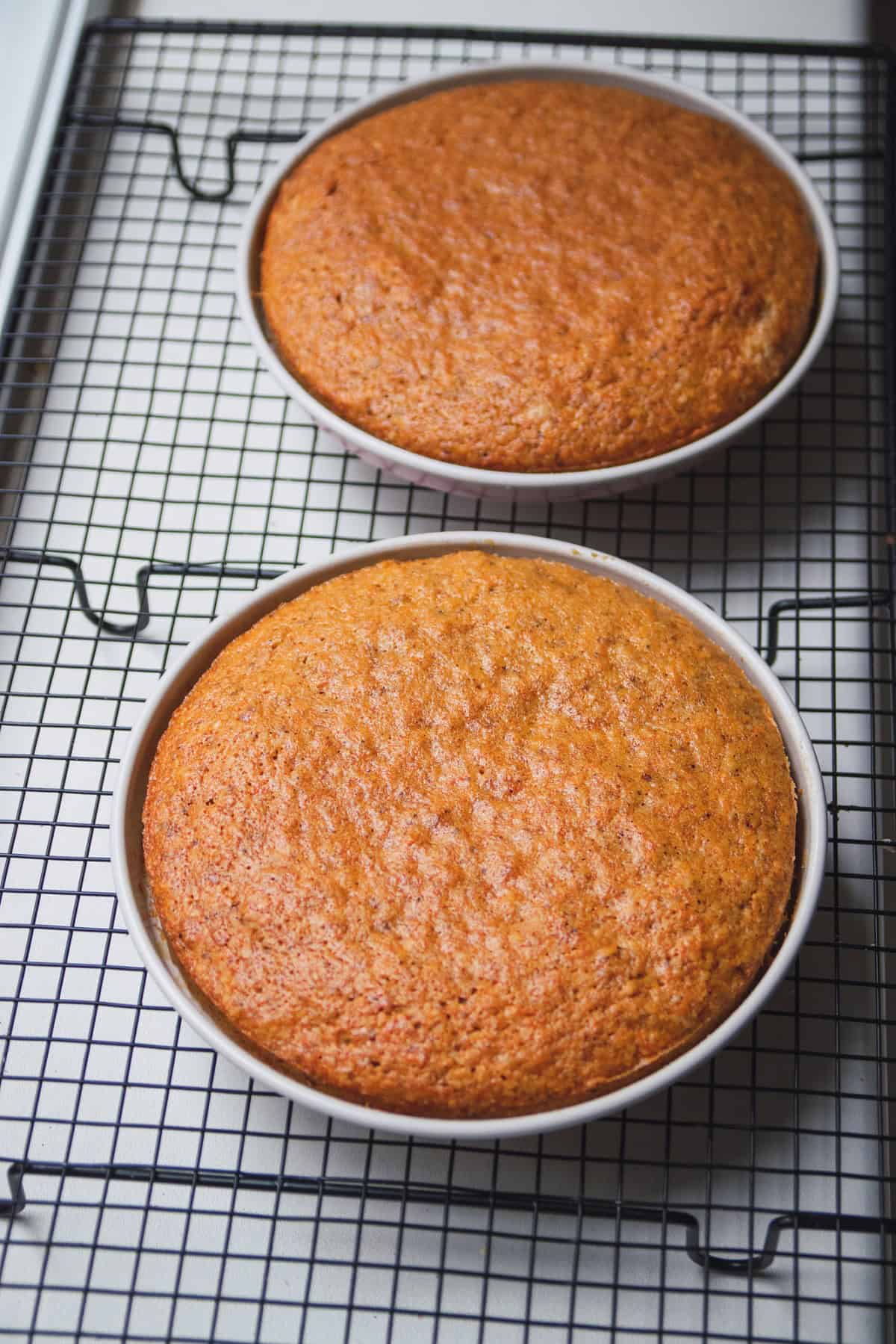
Sneaky Mistake #11:
Not Testing for Doneness Correctly.
A toothpick inserted into the center of the cake should come out with a few moist crumbs, not wet batter. Lots of people assume that the toothpick has to come out clean (with no crumbs at all) and so they just keep baking the cake for longer and that over-bakes it and makes it dry.
You can pull the cake out if the toothpick has crumbs on it. You just don't want to have any raw batter on it.
Now, if you pull it out too soon, the cake will fall in the middle, so there is a happy medium there, but a few moist crumbs on the toothpick is perfect.
I also have an entire post on this that you can check out here: How to Tell When a Cake is Done Baking (There will be a video linked there as well.)
Final thoughts:
Always remember that baking is as much an art as it is a science, and even small tweaks can make a huge difference. Just be mindful of these sneaky mistakes and you'll be well on your way to creating cakes that everyone will love. I'm here to help as well, so please comment or send me an email with questions or issues and I'm happy to respond.
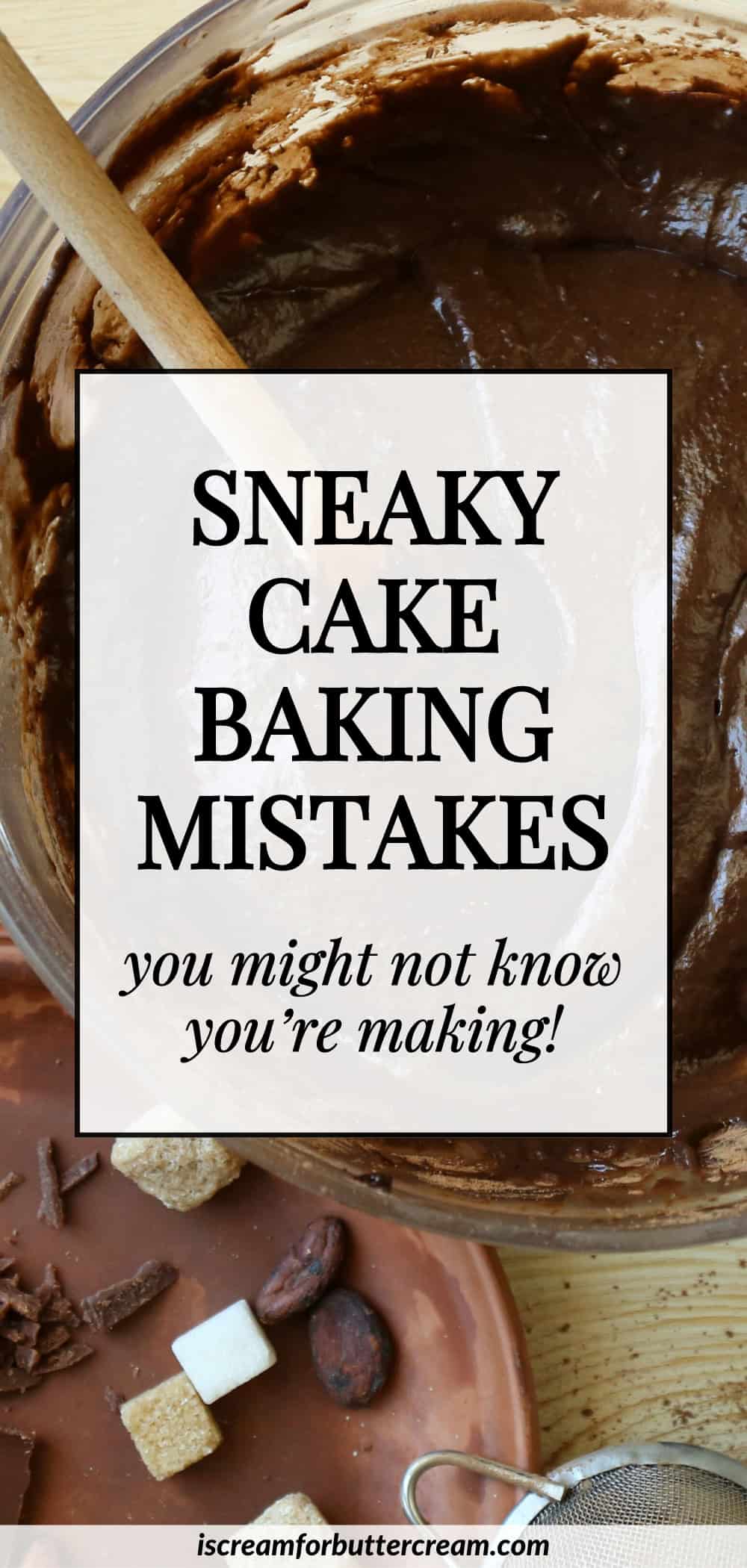


Jayne
Thank you, Kara. A great post with lots of useful information.
Kara
Awesome! Thanks, Janye!
Allison M
Thanks for these helpful reminders, Kara. It’s so tempting to tweak recipes, but as you say, those tweaks could affect the outcome (and not in a good way). Thanks for sharing your insights and your many delicious recipes with us! We truly appreciate it!
Kara
Thanks Allison! It is hard not to automatically tweak things in recipes. I am prone to doing that myself, so I always have to try and take my own advice. 🤣
Thanks for your comment!
Arlette
Hi Kara, Another helpful blog.
I finally feel confident in my baking to get most of these right. I do get a lot of air bubbles in my cakes though. I guess just bang the pan before I put it into the oven? I read to do that in some recipes. It seems to happen with my chocolate butter cake the most. Thoughts? Thanks dear! God bless, Arlette
Kara
Hi Arlette, hmmm that is a mystery! I think banging the cake pan might actually help a little. Also, I’m not sure what speed your mixer is set to, but maybe try lowering it a notch and see if that helps? Let me know how it goes!